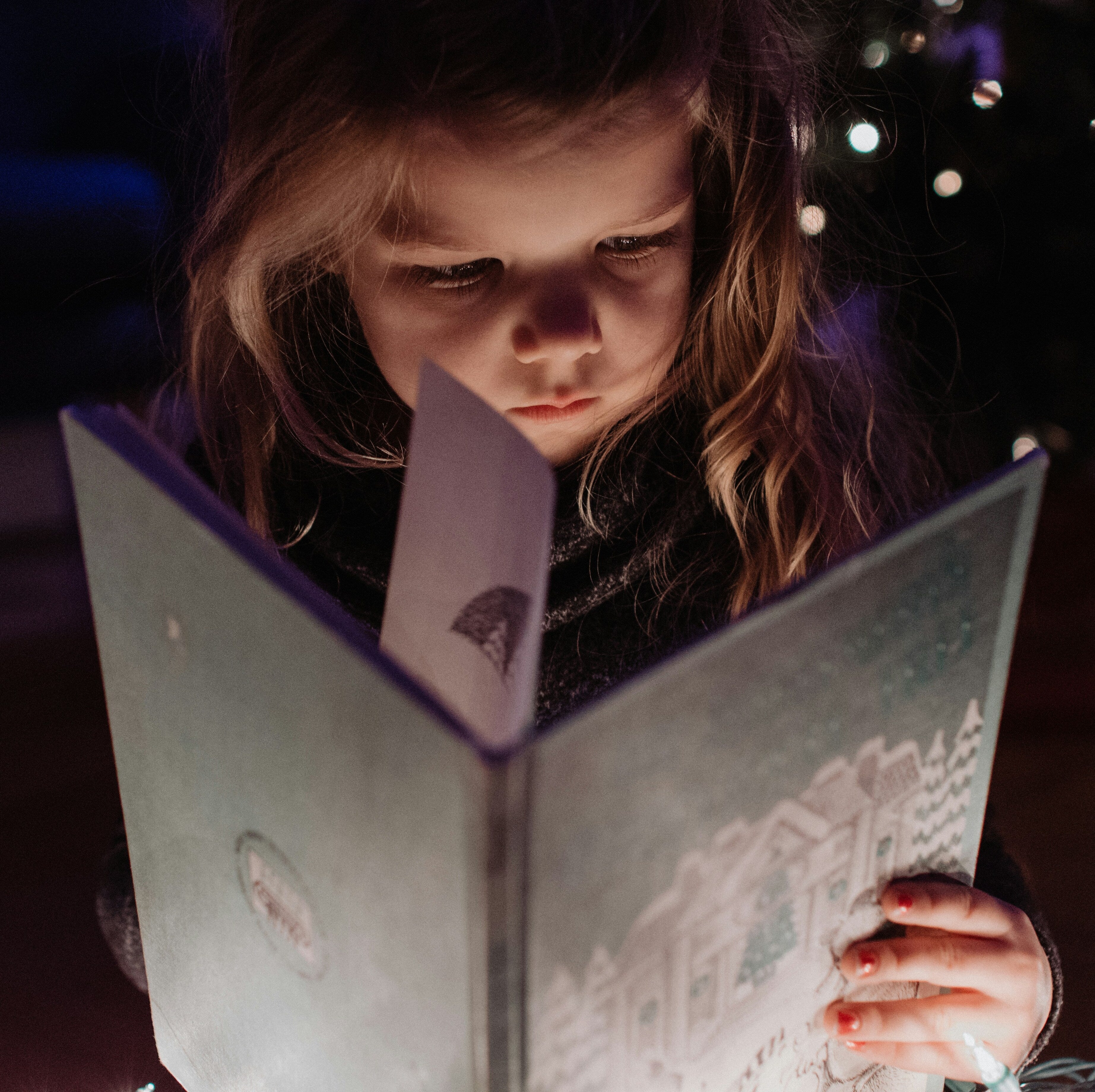A good story should leave you with many experiences and somewhat exhausted at the end. You live several lives when you read!
William Styron
Reading a story to children before bedtime - or as they get older, allowing them to incorporate the habit of reading into their daily routine - is extremely beneficial.
Among the benefits of bedtime stories , establishing this routine promotes the emotional bond between parents and children, helps develop children's literacy, language and socio-emotional skills , encourages them to sleep more and better -it promotes relaxation and brain rest-, helps them disconnect from screens -its blue light inhibits melatonin, the sleep hormone- and nourishes their vocabulary , while enhancing cognitive development , they explain at Sleep.com.
Worth mentioning is a 2015 study published in Pediatrics , which confirms that reading during the preschool years is linked to the activation of areas of the brain responsible for imagination and narrative comprehension , both of which are important for language and cognitive development.
Independent reading in children and adolescents allows them to continue increasing their knowledge, develop empathy, improve their language skills and disconnect from daily stress, electronic devices or social networks. Reading is also essential to prevent and reduce mental health problems such as anxiety, as well as to protect against insomnia.
For younger children, the more interactive the story, the better. Use fun voices, ask questions, and even improvise with everyday items or make up your own stories. It should be a special, relaxed time, without any other external stimuli or distractions. Before making the transition to independent reading, you can set aside some time for shared reading.
The best bedtime stories: links, books and interactive resources

You can download and print stories available on the Internet, use traditional stories, opt for personalized stories or learn stories to tell orally from interactive resources.
- Turn to the masters: The Brothers Grimm, Hans Christian Andersen, Charles Perrault or Hoffman are an endless source of wisdom, fun and child psychology. You can buy an illustrated collection or browse through the Children's Guide to find these (and other) traditional tales such as Snow White, Little Red Riding Hood, The Ugly Duckling, Cinderella, The Little Mermaid, The Three Little Pigs, Goldilocks or Hansel and Gretel, among many others. And don't forget the traditional fables of Aesop, classical mythology adapted to children - for example, through Nathaniel Hawthorne - or the stories that have been passed down from parents to children in your own family.
- Interactive resources : learn stories on YouTube channels such as Amazing Children's Stories, El Rincón de los Sueños Kids, Children's Stories and Songs or Con c de cuentacuentos. You can also explore blogs such as Mumablue, Cuentopía, El Cocodrilo Azul, Puros Cuentos, Ana Tarambana, Donde viven los salvajes, La casa de Tomasa and many more. Another alternative is social media, with accounts such as Cuentos para mi peque (@cuentos_para_mi_peque) on Instagram.
- Modern illustrated bedtime stories : A Very Noisy Room by Alicia Acosta; Stories for Children Who Fall Asleep Right Away by Pinto & Chinto; What Does the Moon Taste Like? by Michael Grejniec; or Dear Maxi by Mar Pavón are just some of the hundreds - and even thousands - of examples of bedtime stories available from today's publishers that will help your child fall asleep.
- Create your own stories : you can have a bedtime story diary in which you can write, draw and create your own stories - even including cutouts, photographs or stickers. This way, the little ones can be protagonists in other fantastic worlds or remote paradises, become superheroes, monsters, animals or imaginary creatures, travel in time, visit other planets or face different challenges, adventures, dreams and conflicts. Let the little ones participate interactively by adding their grain of sand to each story.
- Don't forget music : In addition to stories, you can take advantage of the opportunity to sing a lullaby - ideal when they are still very small, to encourage their autonomy and relaxation - or play instrumental music in the background to help babies and children sleep . Classical music and relaxing, monotonous, low-frequency cadences - similar to heartbeats - are ideal.
Every child has his or her own preferences: picture books, oral storytelling, stories with music. Enjoy the experience of becoming a storyteller, and happy dreams!


0 comments